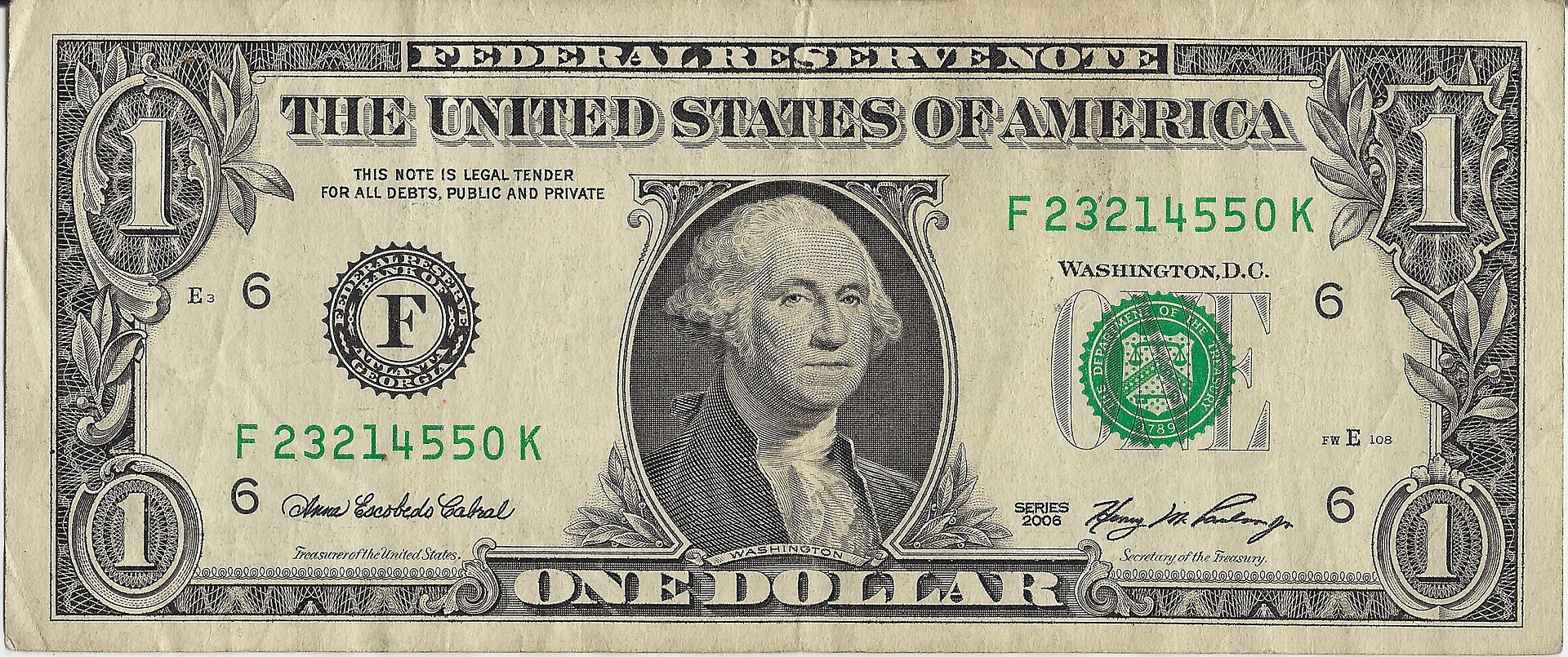Gita Gopinath, the First Deputy Managing Director of IMF, says that the dependence on the US Dollar as a global reserve currency has come down.

IMF Official warns of decreasing USD currency dominance in global transactions. Central banks are moving out of the US Dollar and prefer to hold the Yuan and other smaller currencies. The sanctions imposed on Russia have lowered the domination of the US Dollar as a reserve currency.
US Dollar under Risk in Global Dominance
The US Dollar is the major global currency and has dominated the forex market for many decades. It is freely convertible, and institutions prefer to trade in the US Dollar. Countries tend to acquire reserves in the US Dollar as they are more stable and do not see violent fluctuations.
However, the US Dollar dominance is decreasing in the financial system. The greenback will remain the major global currency, but its dominance as a reserve currency has come down, says the top official of the IMF. Other popular reserve currencies apart from the US Dollar are the British Pound, the Japanese Yen, and the Euro.
According to reports from the IMF, the usage of leading currencies as global reserves has come down. Smaller currencies like the Yuan and the Australian Dollar emerge as reserve currencies in central banks.
The British Pound domination started to weaken in the early 1900s, and in the 2020s, the greenback is facing the same challenges in global usage. The value of the British Pound lowered after World War II, observes Goldman Sachs. Foreign investors will move away from the US Dollar, similar to the British Pound, say Goldman analysts. The Chinese Yuan is trending higher, gaining importance as a reserve currency.
The United States is a large importer of goods and has huge debts. The role of the US Dollar in global trade is quite small, as it is a net importer, which is another reason for it to lose its dominance in world trade.
Russian Sanctions on Ukraine Conflict
The Russia-Ukraine war is on for more than a month, and western countries have voiced concern over the damages inflicted. Sanctions are raised on Russia to control its attack on Ukraine. Russia is blocked from using Swift, an international transaction service. Similarly, the US froze almost $630 billion in assets held as a reserve by Russia’s central bank.
To overcome sanctions and strengthen the Ruble, Russia asks countries to make payments in the Russian currency or cryptocurrencies. Russian President Vladimir Putin says that a decree to receive the payment for crude oil exports in Rubles was signed on April 1. If importers do not pay in the Russian currency, their contracts will stop, warns Putin. Countries must open accounts in Russian banks to make payments in Rubles.
In 2014, Russia started to reduce its dependency on the greenback when the US imposed sanctions on its annexation of Crimea. The military attack on Ukraine in 2022 brought another round of sanctions on Russia. Russia is a major exporter of natural gas and now seeks payment for its exports in the Russian Ruble.
The need to adopt cryptocurrencies is growing, says Gopinath. Ukraine receives donations in cryptocurrencies to meet its military requirements to fight against Russia. The lack of regulations hinders the adoption of digital currencies.
Gita Gopinath says that the international reserve of the greenback has dropped from 70% to 60% in the last two decades. IMF reports that central banks had 71% as US Dollar reserve in 1999 and is down to 59% in 2021.
Trading in the lesser-known currencies is increasing in most eastern countries. In particular, The Chinese Yuan and the Australian Dollar are gaining importance. Central banks of almost 70 countries have reserve currencies in the Yuan.
US Dollar On Uptrend
The US Dollar Index closed at $98.62 in the foreign currency exchange. The Ukraine war brought up the value of the DXY above the $95 level in the last week of February 2022. Investors rushed to safe-haven assets like the US Dollar and gold to protect their forex investments.
Inflation in the US is at a 4-decade high, and the Fed may raise interest rates aggressively to address high prices. The Fed’s hawkish approach may push the US Dollar Index higher.
Business activities are robust in the US, and a strong job report reveals overall economic recovery and potential for further growth. The FOMC will meet in May to decide on the policy rates.
A rise above 100 may be seen in the Dollar index in a few weeks. The DXY was last seen above 100 levels in March 2020. It shot up to 103.96 on March 23, 20b20.
The USD/JPY is trading at multi-year highs at 122.49 levels.
The EUR/USD is at 1.1053, and the GBP/USD trades at 1.3112. Most currency pairs are drifting lower, with geopolitical tension affecting trade through a supply-chain crisis.